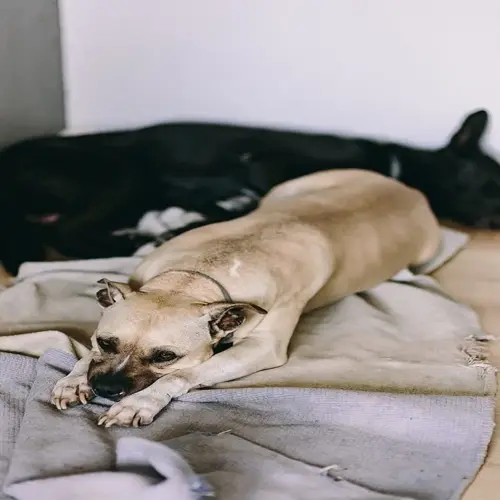How often should enclosures be cleaned?

Written by
Hoang Long
Reviewed by
Prof. Edward Clarke, Ph.D.Routine cleaning of the enclosure prevents disease and protects the health of small animals. Dirty bedding encourages the bacteria that cause infectious diseases to thrive. Ammonia builds up and destroys the respiratory system. Regularly cleaning enclosures provides a safe environment for pets. Animals are happier in an environment that is clean and healthy, as they are used to in nature.
Clean up waste every day so it does not spread into the rest of the house. Do not wait for waste to become contaminated. Clean up pee stains and stains from soiled bedding immediately. Scoop up solids with a small hand scoop. Replace the wet portion. This procedure takes less than 5 minutes and prevents the growth of odor and bacteria.
Disinfection Methods
- White vinegar solution for plastic surfaces
- Steam cleaning for wooden components
- Baking soda paste for stubborn stains
- Rinse thoroughly before reuse
Safety Precautions
- Remove pets during cleaning
- Air out enclosures 30+ minutes
- Check chemical residues with pH strips
- Never mix cleaning products
Monthly inspections will prevent hazards. Check thoroughly your structural integrity. Tighten loose bolts and connectors; sand splintered the edges of wood. Replace worn ramps or platforms. These maintenance steps will prevent injuries due to the collapse of the elements. The pets are thus secured in their environment.
Seasonal treatments protect materials. Every three months, pet-safe sealants should be applied to wood surfaces. Plastic components that show scratches should be replaced. Rotate outdoor enclosure UV-treated bedding. The longevity of the habitat is enormously extended through these treatments. Your investment remains functional longer.
Start a cleaning routine as close to now as possible. Use a calendar to track your full list of tasks. You'll adjust the frequency of functions based on smell and stain. Your pets will thank you with the way they act and their bright eyes. Clean habitats directly support their well-being.
Read the full article: Ultimate Small Animal Housing Guide

